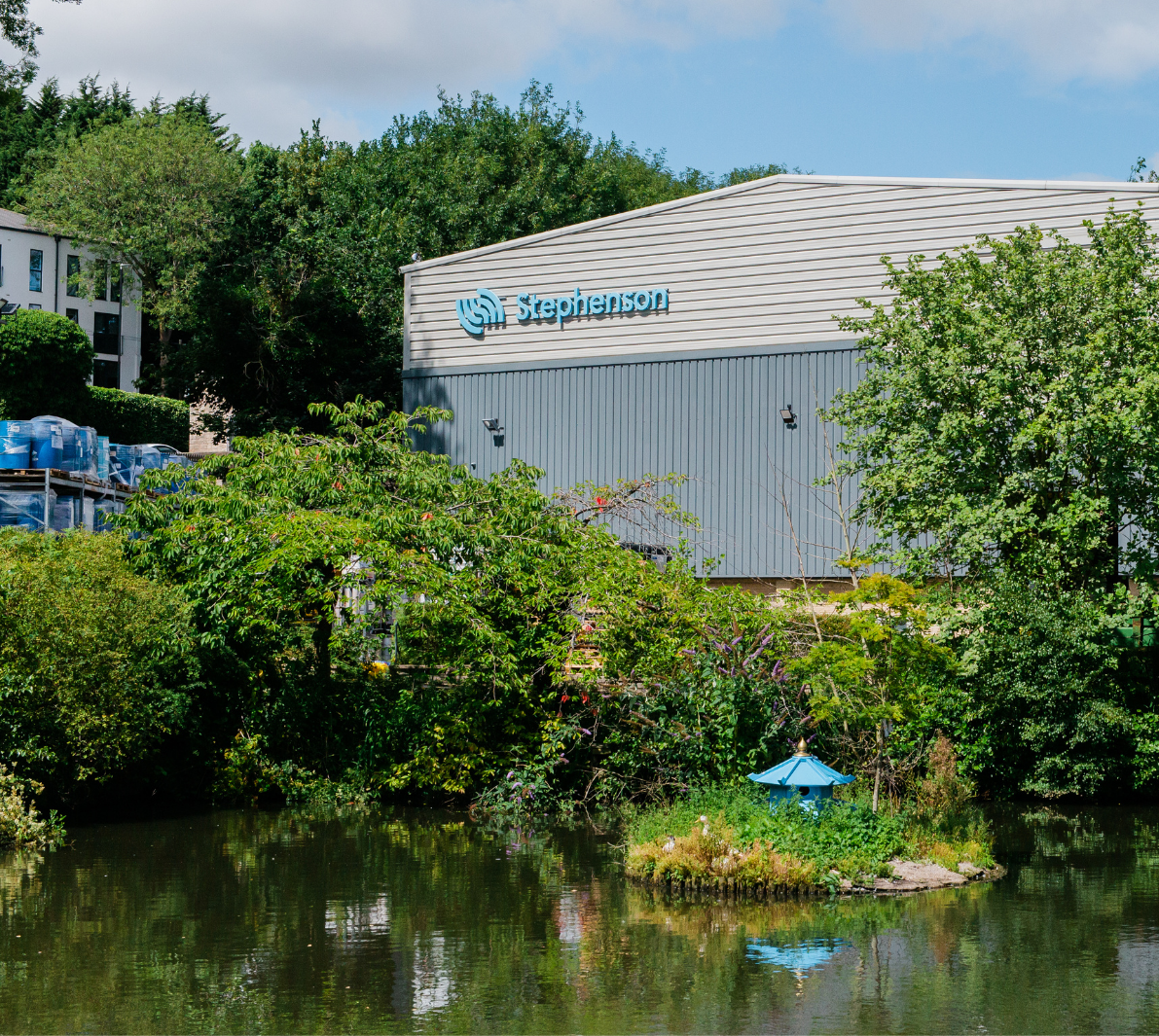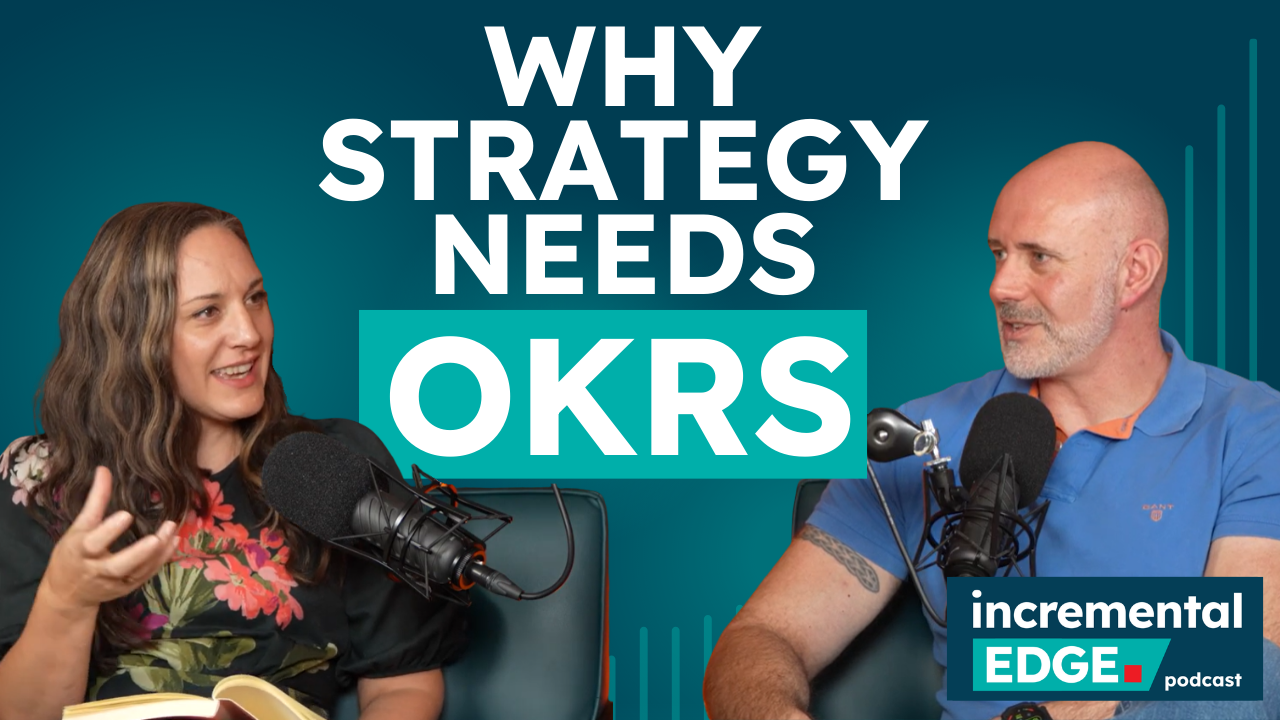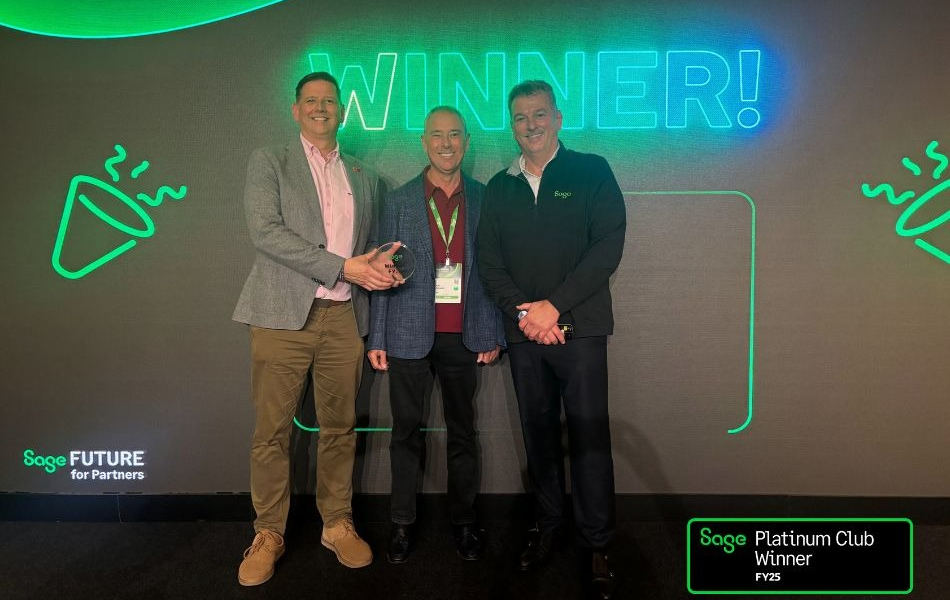
Insights
Executing a seamless transition: How Lucy managed the move from Sage 1000
19th September 2024
3 min read
Lucy Bilbrough shares her detailed approach to managing the transition from Sage 1000 to Sage X3 at Stephenson Group. From thorough process mapping to effective stakeholder engagement, Lucy provides valuable insights into ensuring a smooth and successful migration.
Transitioning from a long-established ERP system like Sage 1000 to a new, more advanced system is a complex undertaking. For Stephenson Group, a manufacturer with a deep-rooted history, the move to Sage X3 represented both a challenge and an opportunity. The key to success lay in meticulous planning and execution, spearheaded by Lucy Bilbrough, Operations & Continuous Improvement Director.
A critical component of this transition was the comprehensive process-mapping exercise that Lucy led. Given her background as a certified Six Sigma Master Black Belt, Lucy understood that before any new system could be implemented, it was essential to have a clear understanding of the company’s existing processes. This exercise would reveal which processes were still relevant and which needed to be updated or replaced.
“We’re an old business, and some processes were very valid,” Lucy explains. “But others were out of date. So rather than simply installing a new system to fit our old processes, we questioned why some processes existed at all and how they could be improved with the new system.”
Lucy’s approach to process mapping involved starting with the desired outcomes. By defining what they wanted the new system to achieve, they could work backward to determine the necessary inputs—whether that involved software, resources, or data. This method ensured that the new system would be fully aligned with the company’s goals.
Another critical aspect of the process was identifying and eliminating waste. Lucy and her team tackled waste through small, separate improvement projects, ensuring these issues didn’t bog down the larger ERP migration effort. By treating these as distinct initiatives, they could address inefficiencies without complicating the overall transition.
Involving end users in the process was also a priority for Lucy. She understood that those who would use the system daily needed to have a say in its development. Their insights were invaluable in ensuring that the new system would meet their needs and enhance their workflows.
“Involve users. They are the ultimate arbiters of ‘what good looks like’ in their daily workflows,” Lucy notes. “Engaging them from the start helps smooth the path to change.”
One of Lucy’s most important pieces of advice for any ERP project is to fix your master data before beginning the transition. At Stephenson Group, they engaged with Datel to archive outdated codes using a Datel tool, ensuring only clean, relevant data was transferred to the new system. This meticulous data management allowed the team to embark on the discovery and scoping process with a clear understanding of what the new system needed to do.
“I can’t stress enough how important this is,” Lucy says. “Fix and standardise your data. It makes all the difference when transitioning to a new system.”
Lucy’s attention to detail and strategic approach were pivotal in managing the complexities of the migration. By engaging the right stakeholders, prioritising data management, and understanding the processes needed, Stephenson Group was able to transition smoothly to Sage X3, positioning themselves for future growth and efficiency.
Actionable steps to adopt Lucy’s approach:
1. Begin with process mapping
Start by mapping out your desired outcomes and work backward to define the necessary inputs—processes, software, resources, and data.
2. Involve end users
Engage the people who will be using the system daily to ensure it meets their needs and enhances their workflows.
3. Prioritise data management
Fix and standardise your data before migration to ensure a clean and efficient transition.
The transition from Sage 1000 to Sage X3 was not just about adopting new technology; it was about setting the foundation for Stephenson Group to thrive in the future. With a clear strategy, careful planning, and the right partnerships, your business can achieve the same.
Latest posts
.png)
9th December 2025
4 min read
Learn about the upcoming changes to FRS 102 and how to prepare
FRS 102 is getting a major update from 2026, with big implications for revenue recognition and ...

4th December 2025
4 min read
The OKR Effect: Why outcome focus improves strategic execution
Strategy is something most leaders care deeply about. We invest time building a clear plan, shaping ...

2nd December 2025
2 min read
Celebrating a double win at Sage Future 2025
We’re excited to share some fantastic news that reflects not only Datel’s hard work, but the trust, ...
